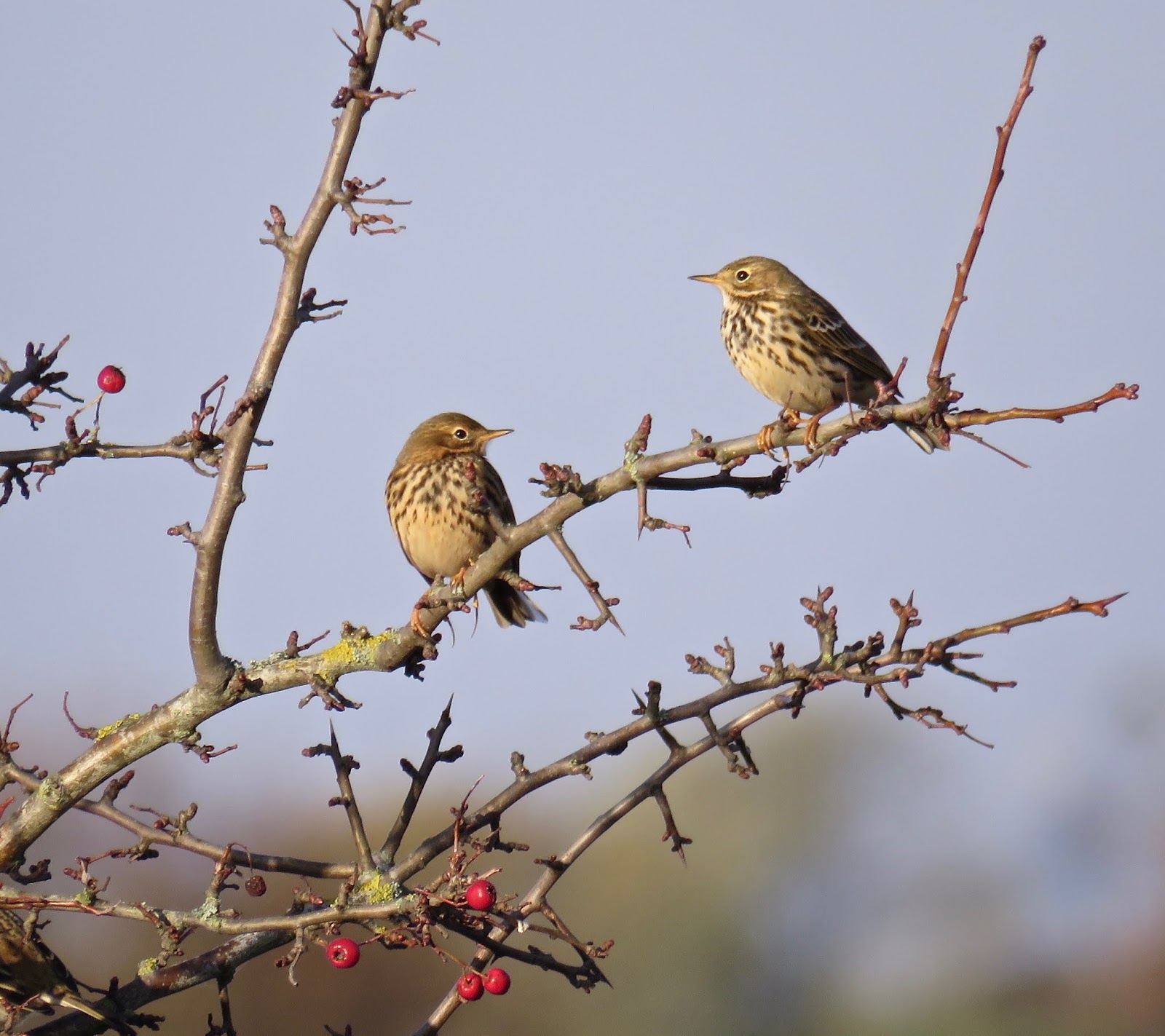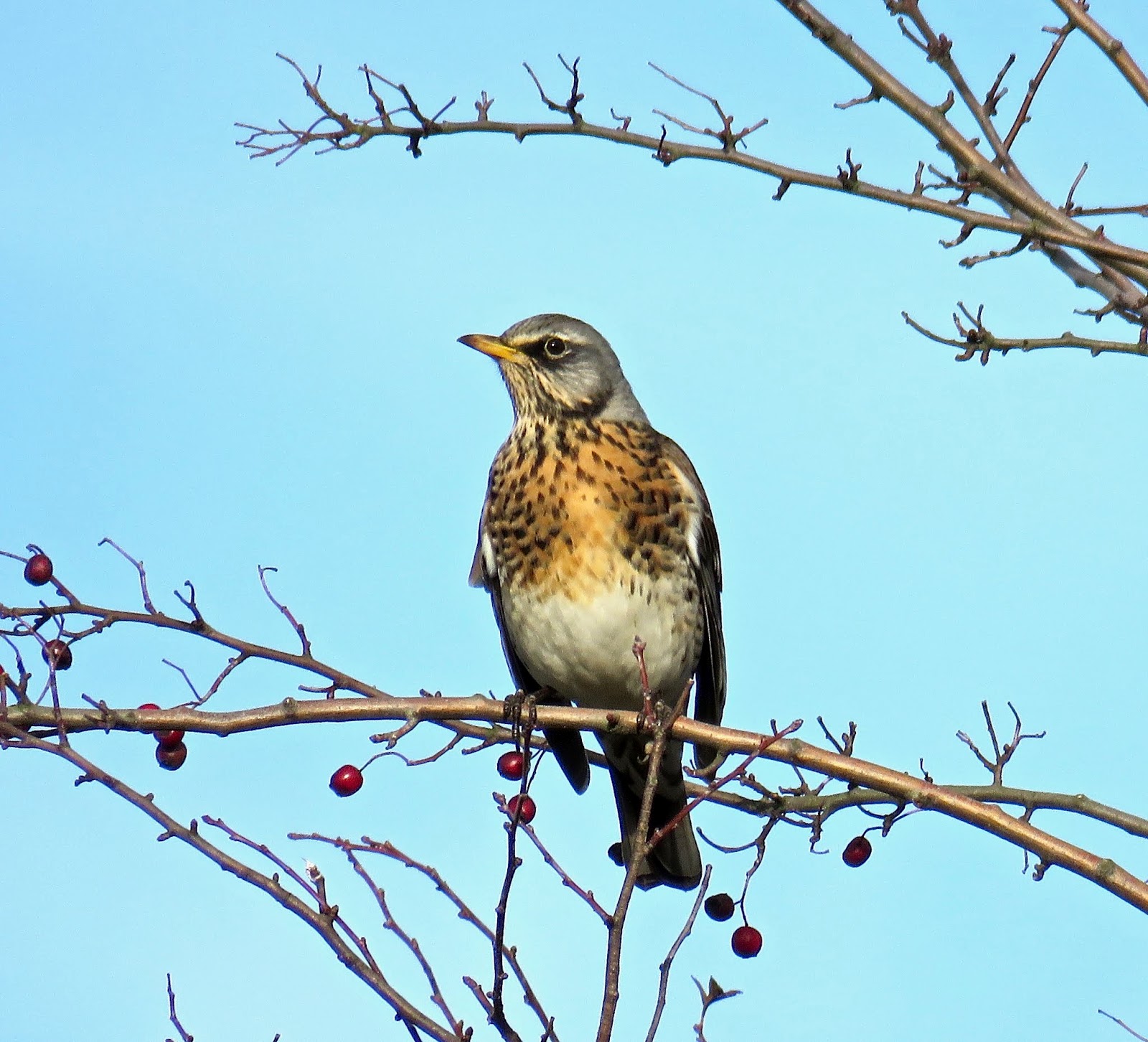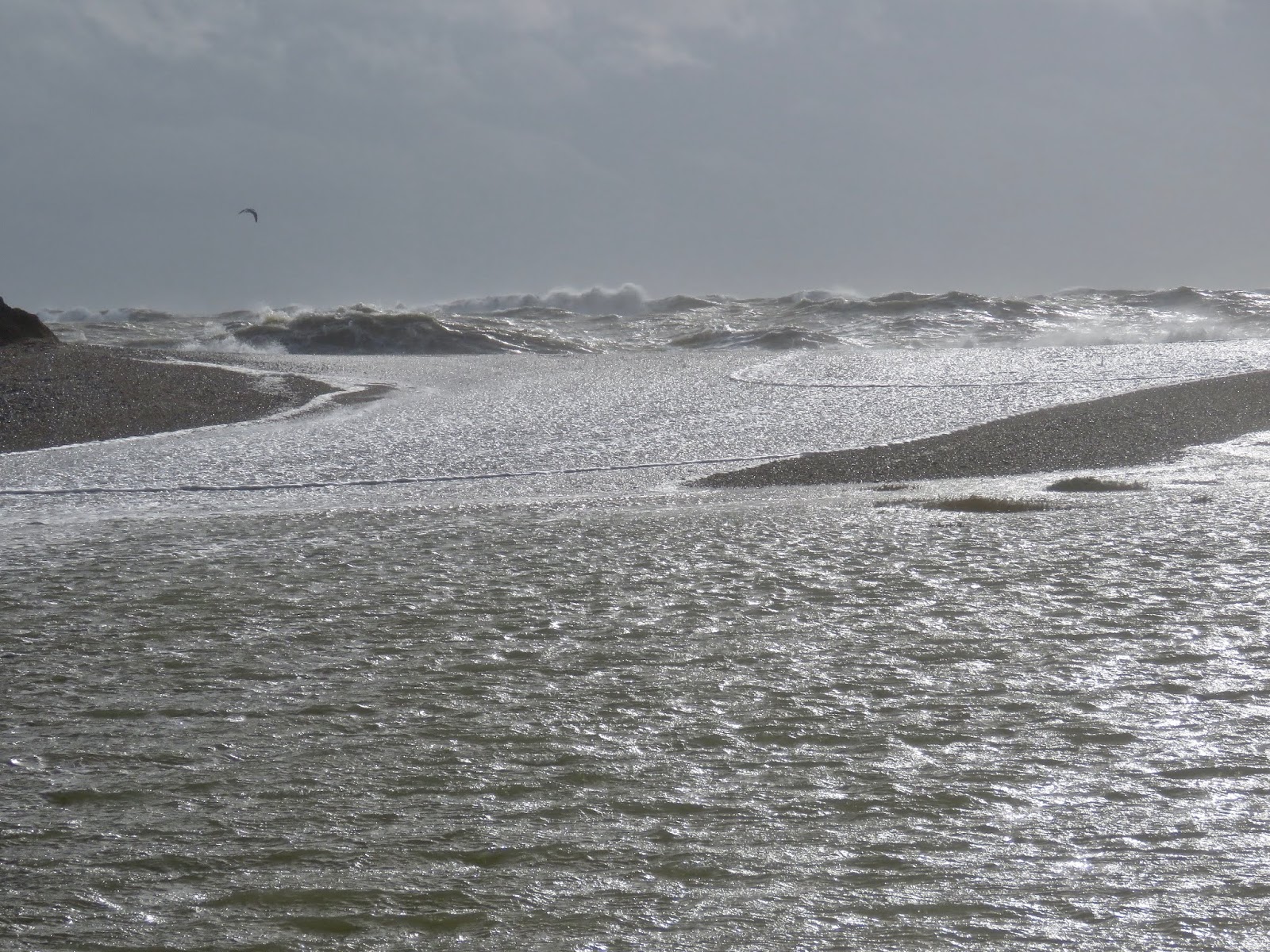Fair-weather birder

I used to go out birding in all sorts of weather - pouring rain, heavy snow, gale-force winds and heatwave. As the saying goes, 'there is no such thing as poor weather, just inappropriate clothing'. But I now have to admit, even when wearing appropriate clothing there is poor weather that tips over into the 'not worth going out birding' category. Take yesterday on Walton Downs. A foggy dawn. Looks pretty (see above) but cuts down visibility to the point that birds are reduced to soft shapes, although their calls are still present for the observer (or, more accurately, the hearer) to have a good idea to what is about. But anything at mid-distance is lost and avian activity is reduced. So, I thought, come back later. But later (and not much later as it turned out) the fog lifted to be replaced by a cold, gusting, wet and dark suite of weather. I suppose because I can largely choose when to go birding that I have the luxury of turning round and going back indoors - ...








